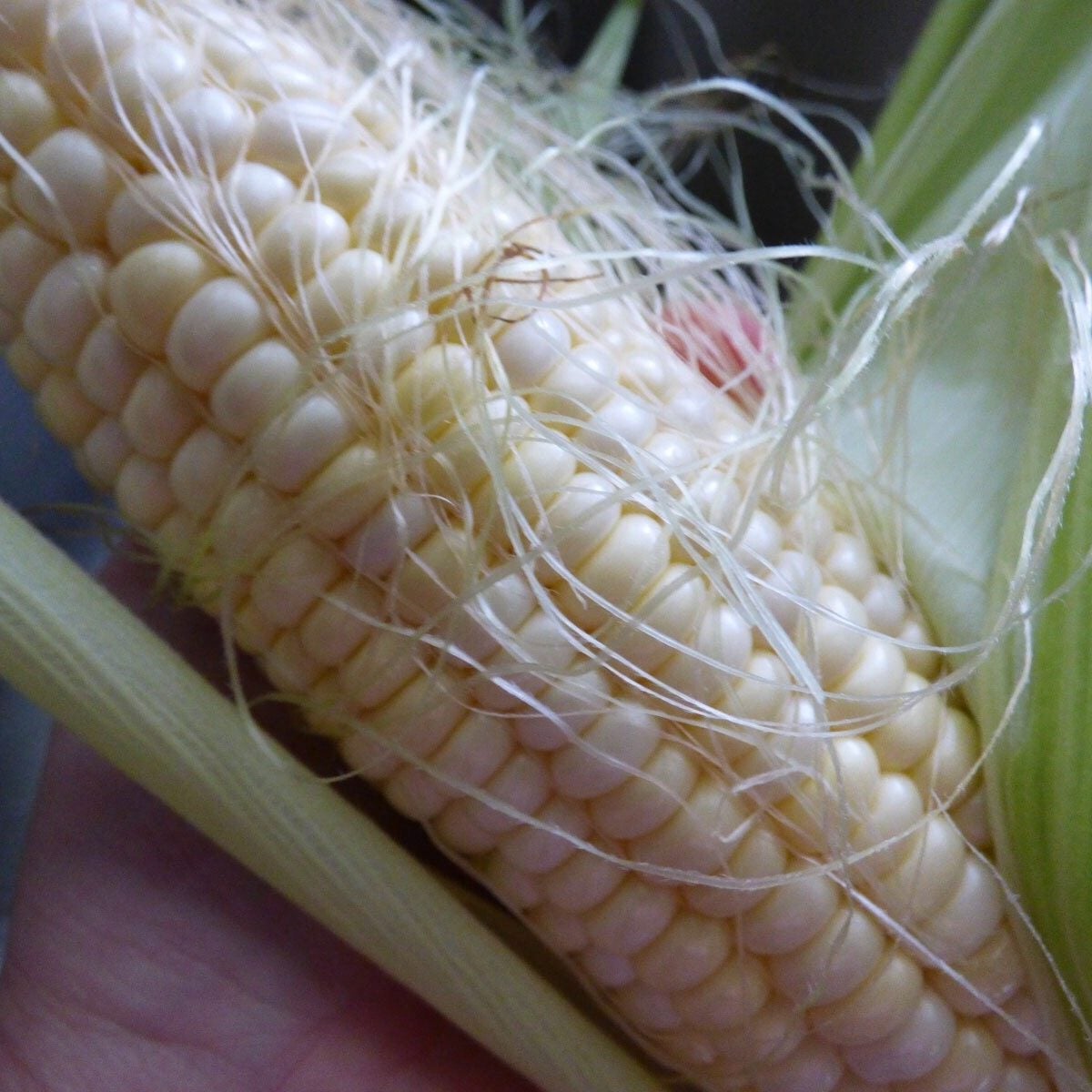Why Is My Sweet Corn Not Sweet: Fixing Corn That Is Not Sweet


Corn is relatively easy to grow and getting corn to taste sweet generally involves no more than proper watering and fertilization. When sweet corn isn’t sweet, the problem may be the type of corn you planted or a problem with the timing of harvest. Read on for more details.
Why is My Sweet Corn Not Sweet?
“Get the water boiling before you pick the corn.” This is advice of long-time gardeners, and it’s true. The longer the corn sits after picking, the more the sugars convert to starch and sweetness is lost. This is frequently the simple reason for corn that is not sweet. Harvest time is also critical for sweetness. Harvest when corn is at its peak because sweetness fades quickly. Many experts say sweet corn is perfect for harvesting when the liquid in the kernels turns from clear to milky. Why is my corn not sweet? There’s a very good chance the problem is not with you or your gardening skills, but with the type of corn. There are three genetically different types of sweet corn and all have varying levels of sweetness: Standard sweet corn is moderately sweet. Popular cultivars include ‘Silver Queen’ and ‘Butter and Sugar.’ Sugar-enhanced corn is sweet and tender, retaining its sweet flavor up to three days after harvest. This is why it’s often the number one choice for home gardeners. Examples include ‘Moore’s Early Concord,’ ‘Kandy Korn,’ ‘Maple Sweet,’ ‘Bodacious,’ and ‘Champ.’ Xtra-sweet corn, also known as super-sweet, is the sweetest of all and conversion to starch is a bit slower than standard or sugar-enhanced corn. However, growing is a bit more demanding and Xtra-sweet corn may not be the best choice for new gardeners or those who don’t have a lot of time in the garden. Also, while the corn is delicious when freshly picked, it isn’t quite as creamy when frozen or canned. Examples include ‘Butterfruit Original Early,’ ‘Illini Xtra Sweet,’ ‘Sweetie,’ and ‘Early Xtra Sweet.’
What to do When Corn isn’t Sweet
Gardening is often a trial and error proposition, so it pays to experiment with various varieties to determine which grow best in your area. You can also ask friends or neighbors what types of corn work well for them and get their tips on getting corn to taste sweet. Your local Cooperative Extension office is another great source of information. Keep in mind that if you are growing corn near a patch of field corn, the corn may cross-pollinate, resulting in starchier, less sweet corn. Cross-pollination can also occur between types of sweet corn, so it’s best to limit planting to one type of corn. Corn that results from cross-pollination tends to be starchy and tough, tasting more like field corn.
Gardening tips, videos, info and more delivered right to your inbox!
Sign up for the Gardening Know How newsletter today and receive a free copy of our e-book "How to Grow Delicious Tomatoes".

A Credentialed Garden Writer, Mary H. Dyer was with Gardening Know How in the very beginning, publishing articles as early as 2007.
-
 Looking For Plants To Give You The Soft And Fuzzies? Try These 5 Fuzzy Leaf Plant Options
Looking For Plants To Give You The Soft And Fuzzies? Try These 5 Fuzzy Leaf Plant OptionsLovers of texture, drama, silver foliage and tactile plants will adore these special sensory garden additions. These fuzzy leaf plant options will leave you all aglow
By Susan Albert
-
 Get Ready For A Summer Of Hummers! Grow These Full Sun Hummingbird Plants and Flowers
Get Ready For A Summer Of Hummers! Grow These Full Sun Hummingbird Plants and FlowersIf you’re lucky enough to enjoy a sunny backyard, make sure you are maxing out on your pollinator opportunities and grow these full sun hummingbird plants and flowers
By Tonya Barnett